Transform Your Data Lake Analytics to Azure Synapse
Azure Data Lake Analytics is a vital number-crunching service that works in the cloud and comes from Microsoft. It lets groups handle large-size information sets on a high level. By using the cloud’s ability to change size and do many tasks simultaneously, Azure Data Lake Analytics helps companies get helpful information from enormous sets of data quickly and satisfactorily. If you need to handle big sets of data, ask tough questions, or use high-level math tools for studying information, Azure Data Lake Analytics can help. It offers an entire answer system regarding looking at and understanding facts in your database.
Understanding the Benefits of Azure Data Lake Analytics
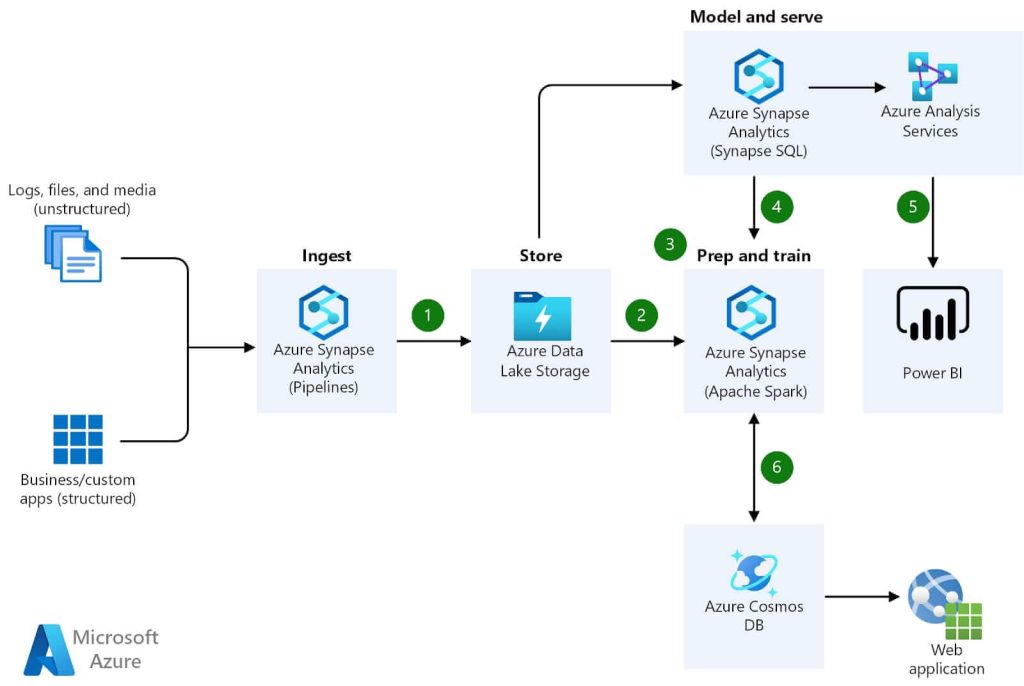
One significant advantage of Azure Data Lake Analytics is that it can handle lots of data. Standard tools for data analysis can have trouble with big sets of information because there are limits to how fast they work and how much space they take up. Azure Data Lake Analytics can quickly deal with lots of data, even petabytes. This lets companies see what’s going on from all their big pools of information.
Another good thing about Azure Data Lake Analytics is that it’s easy to change. The service helps many languages, like SQL, R, Python, and . NET. This lets data science or analysis experts use their current skills, too. Using its easy-to-understand structure and working well with famous computer languages, Azure Data Lake Analytics helps people do big data analysis tasks without having to learn too much.
Azure Data Lake Analytics vs. Traditional Data Analytics
Old ways of looking at data are good, but Azure Data Lake Analytics has many benefits that make it different. One of the main differences is how big it can get. Old-fashioned data analysis tools often need big spending on computers to improve their power. Making it bigger with Azure Data Lake Analytics is just like moving a slide bar. The service automatically gets bigger or smaller based on the work, ensuring it runs well and is cheap.
Another thing that makes it different is the low cost of Azure Data Lake Analytics. Regular data analytics tools can be expensive at the start. They need money for equipment, software rights, and upkeep. Azure Data Lake Analytics uses a pay-as-you-use system where you only spend money on the things you need. This lets groups begin small and grow as required, significantly cutting the money hurdles for joining.
Key Features of Azure Data Lake Analytics
Azure Data Lake Analytics has many features that help companies get the most value from their data. Some of the key features include:
- Parallel Processing
Azure Data Lake Analytics uses the power of doing tasks simultaneously to share work across many nodes. This makes it quick and efficient for processing data. By breaking tasks into smaller parts and working on them together, Azure Data Lake Analytics can easily handle big data sets.
- Query Optimization
The service has an intelligent query optimizer that makes queries faster and better. By smart choices, Azure Data Lake Analytics speeds up query processing time. This helps get quicker answers from data analysis.
- Integration with Azure Services
Azure Data Lake Analytics combines effortlessly with other Azure services like Azure Storage, Azure Data Factory, and Azure Machine Learning. This connection lets people use these services and make complete data analysis chains that cover the whole life of data.
Migrating to Azure Synapse in 2024 – An Overview
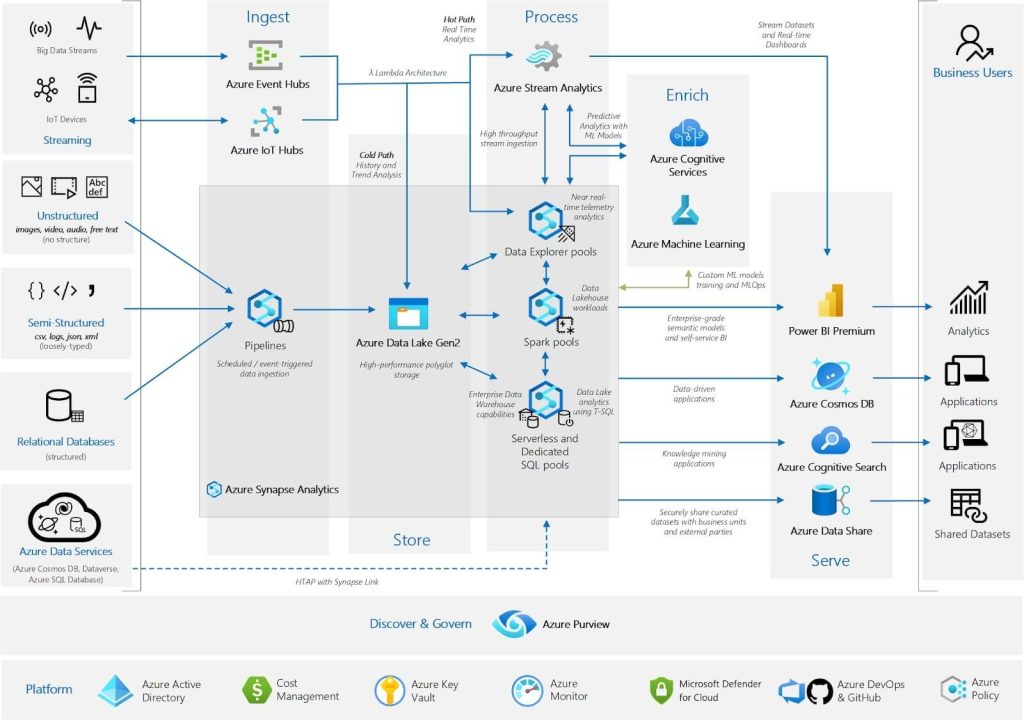
As companies get ready for the future of data analysis, many are thinking about moving from Azure Data Lake Analytics to Azure Synapse. Azure Synapse is a change from Azure Data Lake Analytics. It brings extensive data analysis and enterprise information storage, mixing them all into one service. Moving to Azure Synapse has many benefits, like better speed, big data tools, and easier teamwork.
Key Features of Azure Synapse
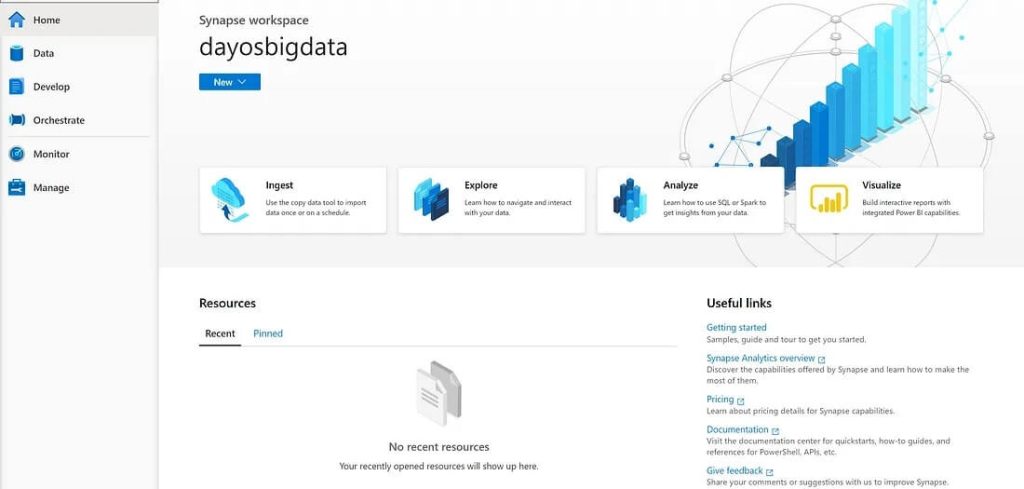
Before you start moving, knowing the main parts of Azure Synapse makes it a solid way to do careful study work, which is essential. Here are some of the key features of Azure Synapse:
- Unified analytics platform: Azure Synapse puts together big data and storage of information into one system, giving a simple experience for all analytics.
- On-demand and provisioned resources: Azure Synapse lets groups get resources when needed or use set-up ones for higher speed and size.
- Seamless data integration: Azure Synapse quickly works with different data types, like Azure Data Lake Store.
- Support for multiple languages: Azure Synapse can use many talking methods, like SQL, R, Python, and . NET. This lets people who look at data or study it work with the language they like best for writing computer programs.
- Advanced analytics capabilities: Azure Synapse has high-level ways to study information, like machine learning and AI joining. This lets groups get even more understanding from their data.
With these main parts, Azure Synapse gives groups a full study answer to deal with their most demanding data work needs.
Preparing for the Migration Process
Before starting the trip, it is essential to get ready properly. This will make sure change happens quickly. Here are some critical steps to consider:
- Assess Current Workloads
Begin by looking at your current tasks and finding any links to Azure Data Lake Analytics. Knowing how your current analysis methods work and what they need will aid in making a good plan for the move.
- Define Migration Strategy
Based on your judgment, make a plan showing the steps and time to move over to Azure Synapse. Think about things like how much data there is, the complex parts of analyzing it all, and any time when everything could be down as you move stuff around.
- Data Cleansing and Transformation
When you move your information to Azure Synapse, cleaning and changing the data to work correctly with this system is essential. Find any problems with data accuracy and plan to fix them before we move everything.
Step-by-Step Guide to Migrating to Azure Synapse
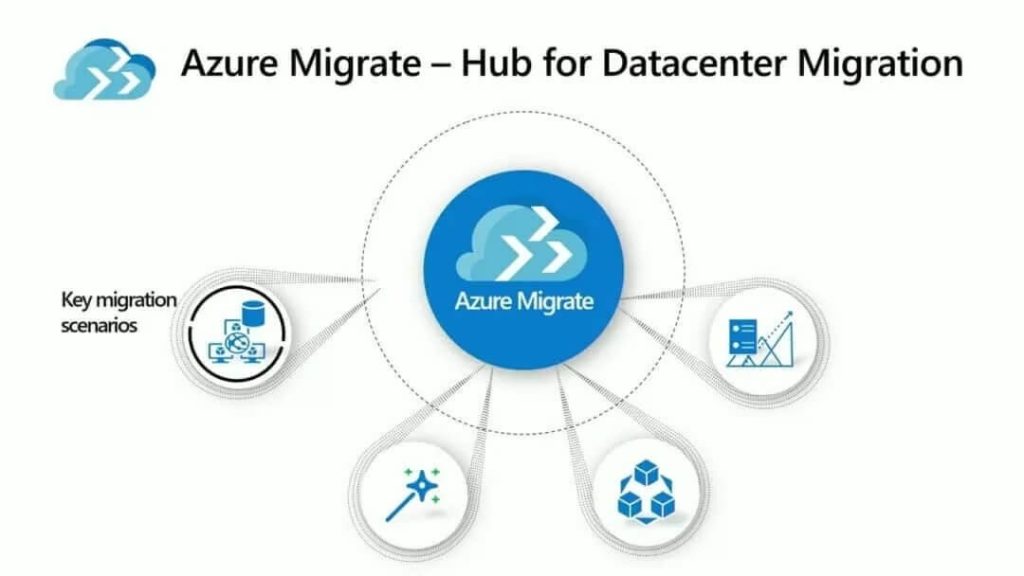
Moving to Azure Synapse includes many steps to ensure the change goes well. Here is a step-by-step guide to help you navigate the migration process:
- Set Up Azure Synapse Workspace
Begin by creating an Azure Synapse workspace and setting up the required tools. This means making a special place for SQL, setting up data-sharing methods, and implementing safety measures and rules to get access.
- Data Migration
Next, move your information from Azure Data Lake Analytics to Azure Synapse. You can use different ways to do this, like Azure Data Factory and Azure Data Migration Service, or make your simple computer programs. Ensure the information is moved safely and check if it’s still correct after being shifted.
- Refactor Code and Queries
Check and update your code and questions to ensure they work well with Azure Synapse. Look out for changes in how words are used or things that work differently between Azure Data Lake Analytics and Azure Synapse, and fix them as needed.
- Test and Validate
Check your moved tasks in Azure Synapse carefully to ensure they work like you want. Check the findings with your current data study methods to make sure everything is correct and matches up.
- Optimize Performance
After your tasks go into the Azure Synapse system, make them work better by fixing search problems, changing resource-sharing plans, and using saved results and fast look-up tools.
Best Practices for a Successful Migration
To ensure a successful migration to Azure Synapse, consider the following best practices:
- Plan for Downtime
Prepare for possible breaks during the move work and tell those involved about this. Make the effect of stoppage smaller by planning it for times when there is less activity and putting backup and undo steps in place.
- Engage Stakeholders
Include people from various groups, like those who work with data, number-checkers, and computer managers in the move plan. Work together carefully to deal with any worries and make sure things change over quickly.
- Monitor and Optimize
Keep checking how well you are doing in Azure Synapse and make any needed changes to improve. Use check-up tools and ways to measure progress to find places where work is stuck or needs improving.
Common Challenges and How to Overcome Them
There are many good things about moving to Azure Synapse. But sometimes it can be tricky, too. Here are a few common challenges and strategies to overcome them:
- Data Compatibility
Ensure your data can work with Azure Synapse by solving any problems with structure or type of information. Make a solid process to check and change data during migration so it stays correct.
- Query Optimization
Check and improve your questions to use Azure Synapse’s speed potential well. Use materialized views, column store indexes, and intelligent caching to make your questions faster.
- Security and Compliance
Make sure your moved workloads follow safety and rules needs. Put in place reasonable security measures, ways to scramble information, and track uses of it all to keep critical data safe.
Leveraging the Power of Azure Synapse for Data Analytics
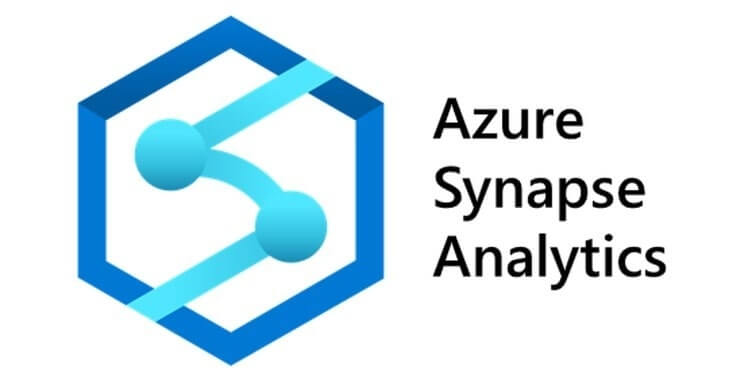
Once you have successfully moved to Azure Synapse, you can use its high-level data analysis features to better understand your information. Some key features and capabilities include:
- Advanced Analytics
Azure Synapse gives ready help for expert number crunching, like machine learning, innovative thinking, and data seeing. Use these skills to find hidden trends, make predictions based on data, and get a better feel for your business.
- Real-time Analytics
Azure Synapse allows quick data analysis by working with Azure Stream Analytics and Azure Event Hubs. Work on and study moving data almost at the same time it’s happening, making quick knowledge possible and faster choices.
- Collaboration and Integration
Azure Synapse supports working together and joining forces across teams by giving a single place for people who work with data, such as making patterns from information or studying numbers in business. When teams work in the same place, they can exchange ideas, help each other with tasks, and bring new things.
Conclusion: Embracing the Future of Data Analytics with Azure Synapse
As organizations strive to unlock the full potential of their data, Azure Synapse emerges as a powerful solution for advanced data analytics. Organizations can use enhanced performance, advanced analytics capabilities, and improved collaboration by migrating from Azure Data Lake Analytics to Azure Synapse. With careful planning, proper preparation, and adherence to best practices, organizations can successfully migrate to Azure Synapse and embrace the future of data analytics.



